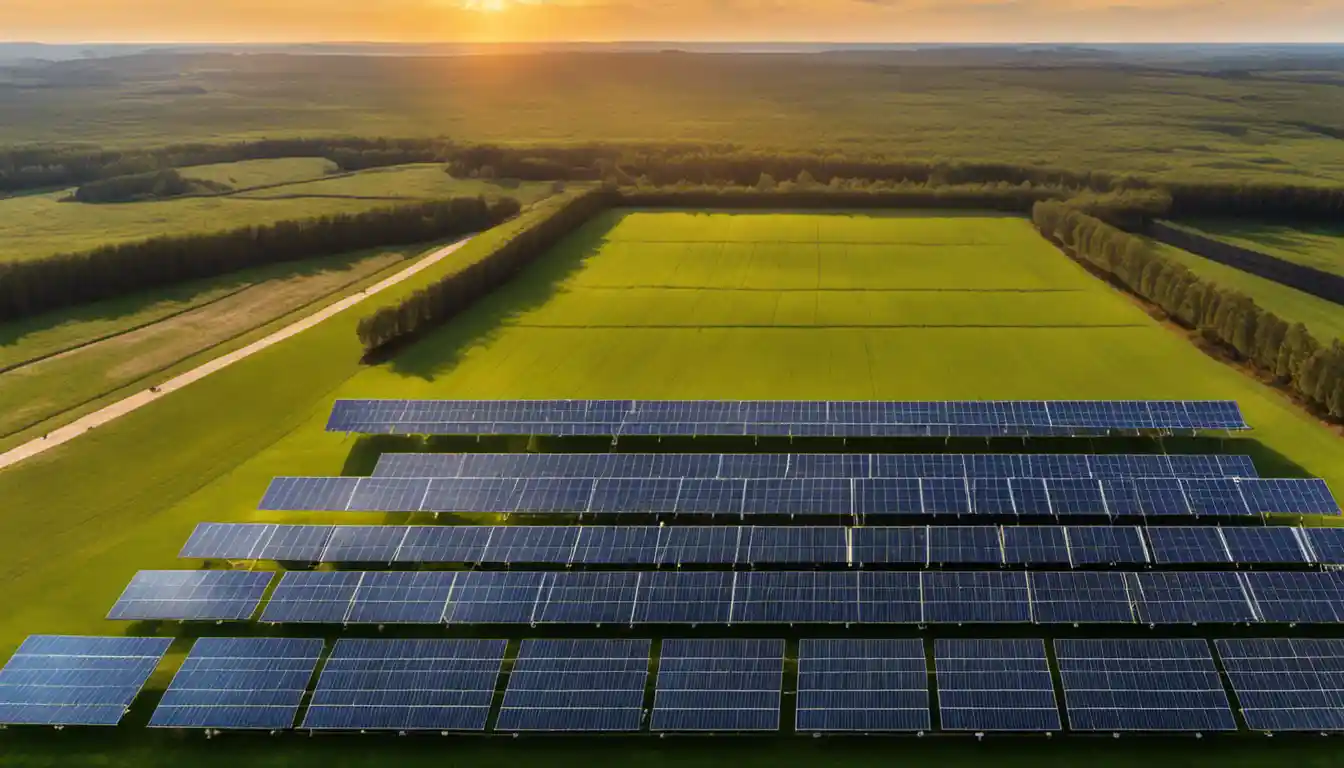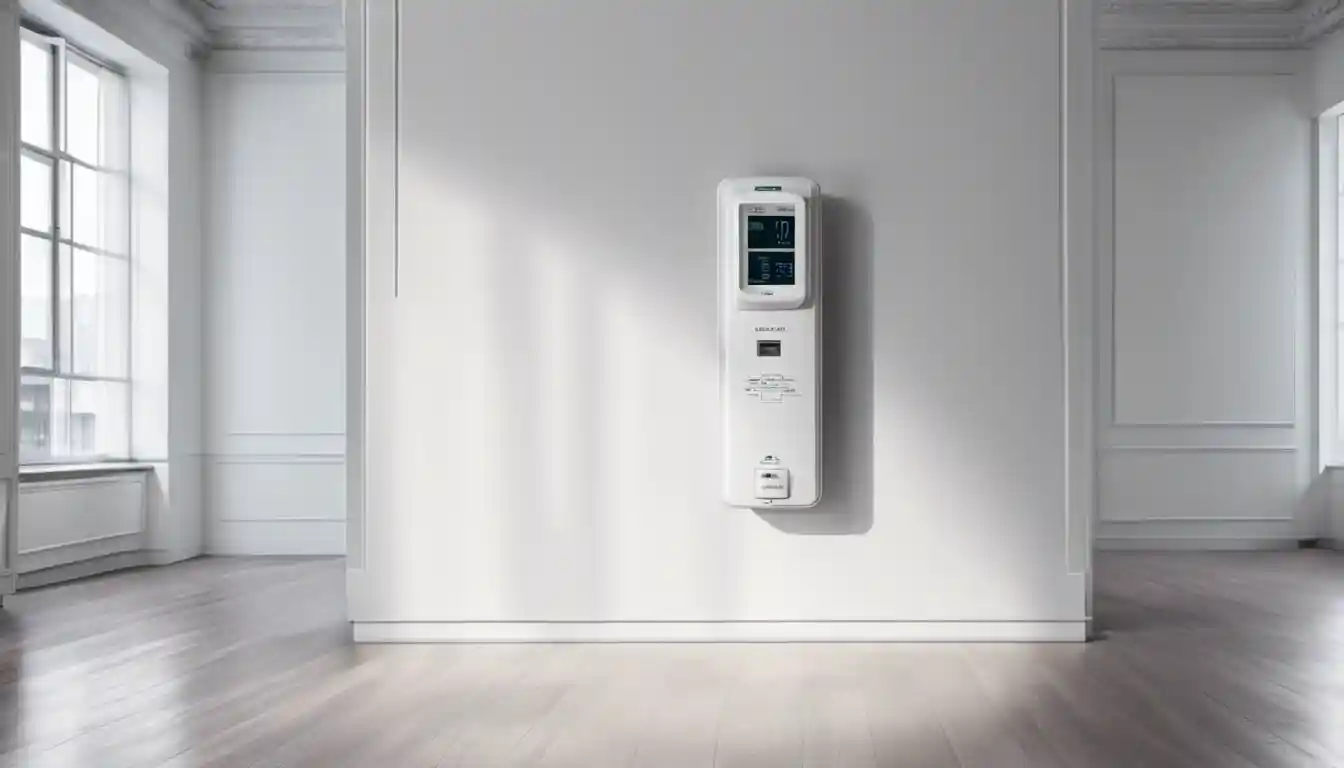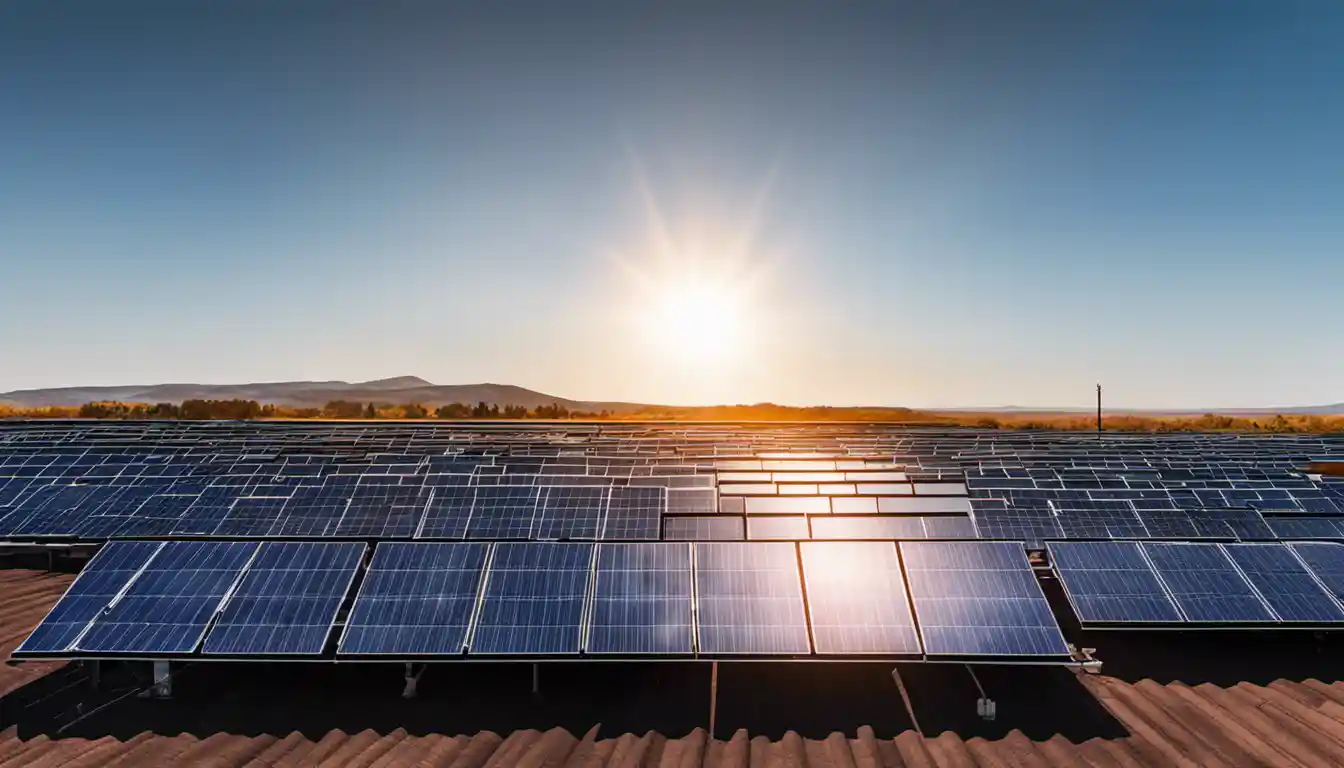Understanding the Basics of Solar Energy Generation
You can know how much electricity your solar panels are generating by using a solar power meter or monitor, which measures the kilowatt-hours of your solar system’s production. You can also determine this by regularly checking your inverter display or using an online monitoring system if your solar provider offers one.
Role of Weather in Solar Power Generation
Although it’s true that sunny days generate more harnessable energy than cloudy ones, let’s dispel the myth that panels are dormant during the latter. Cloudy or rainy weather can still yield productive energy results. Here’s a way to envision it: Think about how bright it is outside on an overcast day. There’s potent light getting through, and those diffused rays become conducive to efficient solar power production.
Importance of Solar Inverters and How to Inspect Them
Solar inverters play a crucial role in power production by turning the DC electricity from your panels into AC electricity your home or business can use. A well-functioning inverter does its work behind the scenes, and you’ll learn to appreciate this silent partner in energy generation.
Inspecting your inverter is easy. While some opt for old-school manual readings, solar inverters generally have digital readouts nowadays. Check the digital display for any error messages and confirm proper functionality regularly.
The Solar Meter: Your Tool for Tracking Electricity Generation
Simply put, solar meters are your best friends when you want to answer the question “how can I tell how much electricity my solar panels are generating.” They measure the kWh output of your solar system. Think of the meter as your system’s scoreboard. You can reference this data, track trends over time, and calculate potential savings on utility costs.
Reading your Electric Bill to Understand Solar Contribution
Remember when the arrival of your electric bill made your heart race? Well, those times are behind us now. With the help of solar power, the arrival of your power bill can be an occasion for celebration, not frustration. A lower utility bill reflects the work your solar panels are doing. The more you produce, the less you rely on the grid, which directly translates to cost savings.
Steps to Check If Your Solar Panels are Working Properly
Routine inspection is key to longevity and performance. I advise a simple visual scan every couple of months, checking for darkened panels or dirt build-up which can impact efficiency. While inverters often highlight system issues, a visual check can catch problems proactively.
Regular Inspection of Solar Panels for Dirt or Shade

Solar panels love sunlight. Anything blocking them from basking in the sun, like dirt or shade, can decrease your energy production. Routine cleaning and removing obstructions (like trimming overhanging branches) can increase your solar output and your savings.
Checking the Inverter Display
Your inverter is reliably constant, showing real-time performance and indicating any problems. While your solar company will likely monitor your system remotely, you can stay involved by regularly checking the inverter display.
Monitoring System Data
An online monitoring system provided by your solar installer lets you track your system’s production over time. You can see not only real-time data but also daily, monthly, and annual production numbers.
Analyzing Your Electricity Bill
Another practical tool in your solar arsenal is your utility bill. As your solar panel system powers more of your home, your utility cost lowers, creating a visible impact on your monthly power bill.
Installation and Usage of a Solar Monitor
Having an independent solar monitor provides you with all your system’s data at your fingertips. Savvy sunshine harvesters are increasingly using monitors to know data like “how frequent are my panels at peak power” to “daily production or energy patterns.”
What to Look For: The Indicators of Properly Working Solar Panels
Normal Readings for Your Inverter
Your inverter should show a consistent power output on sunny days and should indicate no error messages. If your inverter reading is frequently zero during sunlight hours, it’s a red flag that your system needs attention.
Decrease in Electricity Bills

Your power bill tells a story. As your panels perform, your reliance on grid-sourced electricity should decrease, reflecting on your monthly power bill. If you notice your electricity consumption pattern is not reducing as it should, it may be time to call in your solar installer.
Staying Informed through Solar Monitor Readings
Having a solar monitor provides a goldmine of data right at your fingertips. Checking this regularly keeps you informed about your solar panel performance and helps identify issues promptly.
A Deep Dive into Possible Solutions
If the question “how do I know how much electricity my solar panels are generating” is often on your mind, and you think something might not be right, here are some quick fixes.
Cleaning and Removing Any Obstructions
A cleansed panel is a happy, productive panel. Industry recommendations suggest cleaning solar panels twice per year, but local climate and environment conditions might require additional cleaning. Also, be vigilant about shading from growing trees, and seek professional help for trimming if necessary.
Inverter Status: Understanding What’s Normal and What’s Not
If your inverter shows an error message, your installer should be your first point of contact. Keep a close eye on your inverter and know what to expect on the display to catch any possible issues early.
The Role of Your Solar Company in Troubleshooting and Maintenance
Your solar installation company is there to help ensure your system is working smoothly. If you identify a problem, contact them first. They can often do remote diagnostics and provide guidance.
Diligent Solar Panel Check-ups

Regular check-ups go a long way toward maximizing energy output from solar panels. Just like how you’d take your car in for routine maintenance and oil changes, doing so for your solar system equates to continuous and efficient performance.
Frequency of Solar Panel Checks
Ideally, a visual check every two months is a good practice. This routine helps spot potential issues, such as streaks of dirt or bird droppings, that may cause your panels to underperform.
Essential Maintenance for Optimal Solar Panel Performance
General maintenance is vital for prolonging your system’s lifespan and boosting its performance. Keeping the area around your panels clear, maintaining proper wiring connections, and ensuring your inverter is functioning optimally are all critical components of this process.
Frequently Asked Questions and Answers
In this section, let’s address a few common concerns and questions that many solar users encounter along the way.
Monitoring Solar Panel Output: How-to Guide
Modern technologies make it easier for homeowners to monitor their solar system output. You can use devices like a solar power meter, or make use of online monitoring systems (if provided by your installer), or even just a simple check on your inverter display can give you insights.
Understanding the kW Rating of Your Solar Panels
Crucial information on a solar panel is its kilowatt-peak (kWp) rating, which is the maximum amount of energy the panel can produce under ideal conditions. You can find insights on calculating this rating in our related article here.
Dealing with Solar Panel System Failures: Steps to Take
Just like any other technology, solar systems can also have glitches. If you have any doubts or suspect that your system might not be performing at its full potential, it’s best to first check your inverter for any error codes. If any are present, contacting your solar installation company for help is the next and the most practical step.
Understanding how to tell whether your solar panels are generating electricity appropriately can feel daunting at first. However, armed with this guide and a little time spent getting to know your solar energy system better, becoming an expert in your home energy production can be an enlightening experience…pun intended!



